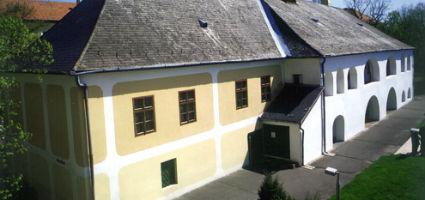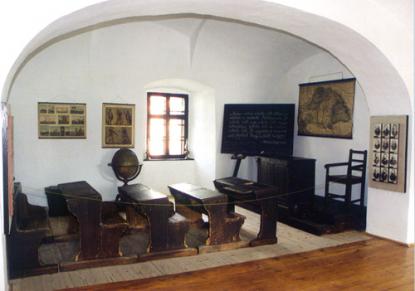2024. November 22. Friday
Scientific Collections of the Sárospatak Calvinist School - Sárospatak
 |
Address: 3950, Sárospatak Rákóczi út 1.
Phone number: (47) 315-256
E-mail: reftud@iif.hu
Opening hours: Mon-Sat 9-17, Sun 9-13
01.11-01.05 Sat-Sun.: position closed |
Museum tickets, service costs:
|
Ticket for adults
|
400 HUF
|
|
|
Ticket for students
|
200 HUF
|
Being inspired with the Enlightenment, the School of Sárospatak flourished in the service of the national improvement. This was the place where the textbooks were printed in native language and the teaching was done in Hungarian instead of Latin the first time in Hungary (1810). Beside the high school the School of Sárospatak gave place to such a collage where pastors, lawyers and students in the faculty of arts where educated. Outstanding public figures (governor Lajos Kossuth, prime Minister Bertalan Szemere, poet Mihály Tompa,) received high-level education here. Many students from Sárospatak sacrificed their blood and life on the homeland's altar in the Hungarian War of Independence in 1848-49.

One of our famous writers, Zsigmond Móricz wrote the following about this school in the end of the 19th century: "The College of Sárospatak was a damned difficult school. It was a good school, a nice school and a highly respected school but it was a difficult school. Here the teachers wanted the students to know."
The College of Sárospatak could give the students up-to-date education and prepared outstanding people for our country and humanity also in the 20th century. The attitude, of which essence was put into the following words in the 19th century: "There torches are burning: Faith, homeland and humanity", continued to live.
With the support of minister Kunó Klebelsberg, the School became the center of Anglo-Saxon orientation when the English College was built in 1931. The high standard of English language and literature and sports received distinguished attention. Sárospatak was also the citadel of saving talents and the cultural rising of the peasant youth these years (people's academy). In training pastors the evangelical faith as the inheritance of Reformation was alloyed with the claim of the Hungarian nation's rise.

One of our famous writers, Zsigmond Móricz wrote the following about this school in the end of the 19th century: "The College of Sárospatak was a damned difficult school. It was a good school, a nice school and a highly respected school but it was a difficult school. Here the teachers wanted the students to know."
The College of Sárospatak could give the students up-to-date education and prepared outstanding people for our country and humanity also in the 20th century. The attitude, of which essence was put into the following words in the 19th century: "There torches are burning: Faith, homeland and humanity", continued to live.
With the support of minister Kunó Klebelsberg, the School became the center of Anglo-Saxon orientation when the English College was built in 1931. The high standard of English language and literature and sports received distinguished attention. Sárospatak was also the citadel of saving talents and the cultural rising of the peasant youth these years (people's academy). In training pastors the evangelical faith as the inheritance of Reformation was alloyed with the claim of the Hungarian nation's rise.
